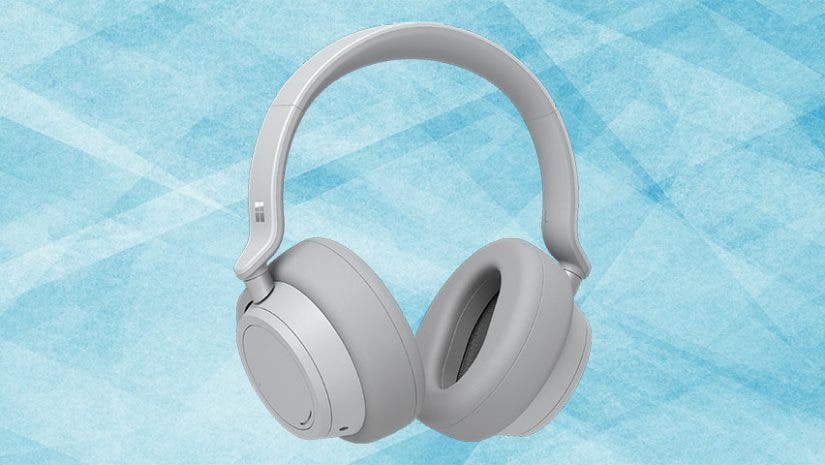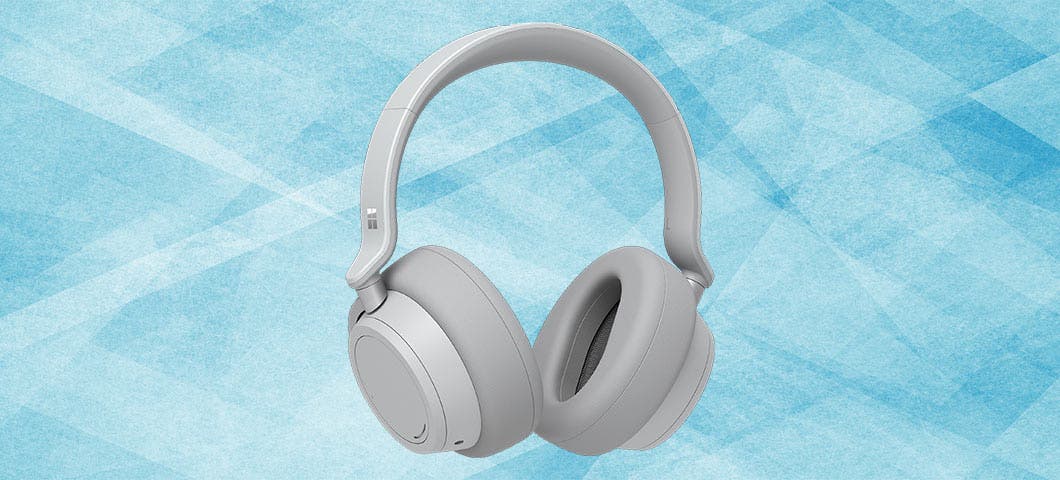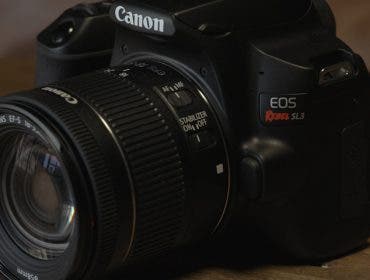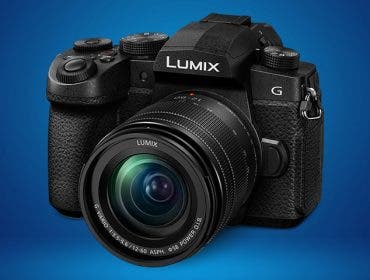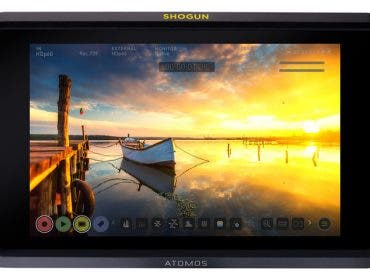In late 2018, Microsoft entered the noise-cancelling headphone game with an attractive new product: the Surface Headphones. I recently got a chance to try out the headset and all its prominent features, and here’s everything you need to know about the unit, starting with its most notable specs.
Key features:
- Up to 30dB for active noice cancellation, up to 40 dB for passive
- Cortana-enabled for hands-free reminders
- 40mm free-edge speaker driers
- Up to 15 hours of battery life
- Full charge in less than 2 hours
- USB-C and 3.5mm inputs
- Compatible with Windows 10, iOS, Android, and MacOS
- Buttons for power, mute, volume, and noise cancellation
- Total weight 0.64 pounds
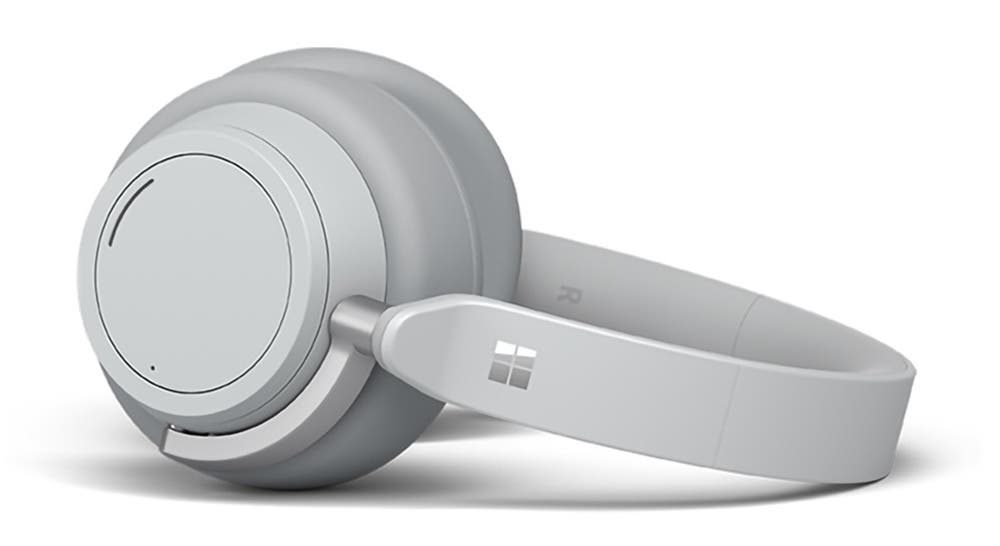
Sound and noise cancellation:
First things first, let’s talk audio. As Microsoft’s inaugural set of headphones, the sound is impressive. The engineers constructed audio that is balanced and ranging. From the lows, to the mids, to the highs, the Surface presents gain and velocity that is stabilized and full.
Users will notice the consistency in sound across genres — from jazz to house music, to a vocal-heavy podcast, making them the ideal headphones for everyday listening. The bass is slightly enhanced to create a more enjoyable listening experience, though if you’re considering using them for professional studio mixing, it may lead to an unbalanced mastered recording.
Next up, we have the noise cancellation feature. I often listen in settings polluted with noise and was thoroughly impressed with the Surface’s ability to drown out the excess. The noise cancellation technology really does create an environment in which whatever audio is coming through the headphones is the only thing I hear. If you’re listening in a still, quiet environment, the noise cancellation can create an airy tone when listening to empty sound selections like a podcast. To combat this, the Surface offers the option of adjusting the amount of noise cancellation to fit the scenario.
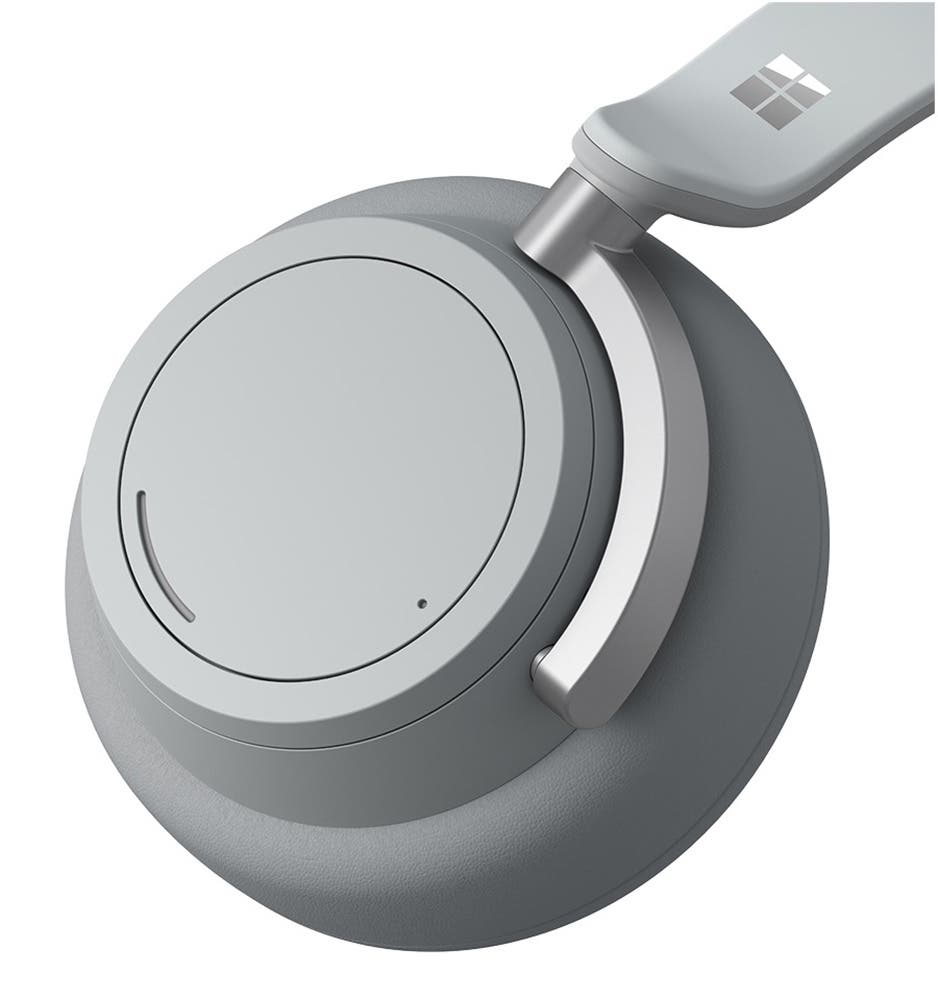
Control:
If you’re like me and find yourself adjusting volume and skipping tracks frequently, you’ll be pleased with Microsoft’s controls layout. Listeners can switch tracks by tapping the side of the headphones, adjust volume and noise cancellation with a scroll on the earbuds, mute the microphone, or hang up a call with a button on the headphones. In my experience, all the functions responded well and promptly.
The Surface headphones also automatically play when placed over the ears, and stop when they are taken off. The function was at times delayed, but you can easily direct Cortana to pause and play, or use the touch controls to do the same.
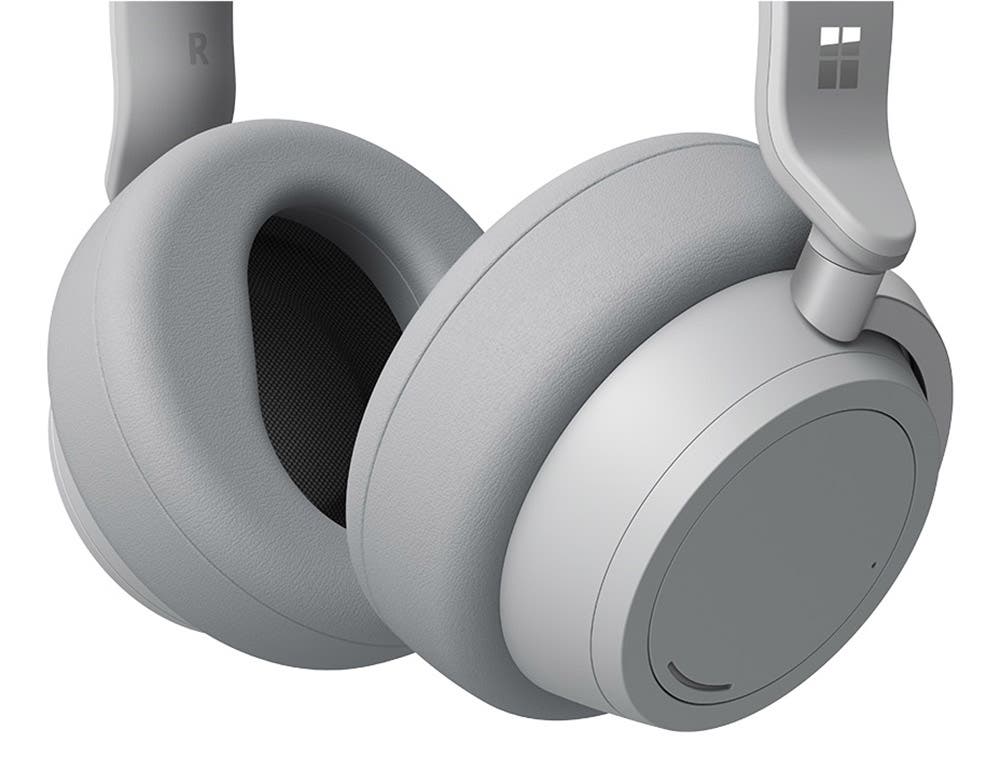
Wearability:
I wear headphones all day — at work, during the commute, while running — and have had problems with headphones growing uncomfortable in long stretches. The Surface headphones did not. I was able to comfortably wear these for several hours without needing to fidget with them or readjust. The Surface headphones are light and fit around the full ear without any annoying pressure.
Connectivity & power:
The Bluetooth is easy to connect to and stay connected. While wearing the headphones, I didn’t have the sound disconnect or cutout once. The battery life is a bit shorter than the 15-hour mark, though it all depends on your user habits. The voice assistant Cortana works as promised when making phone calls or controlling music.
The Microsoft Surface headphones are available for purchase for at Adorama.
